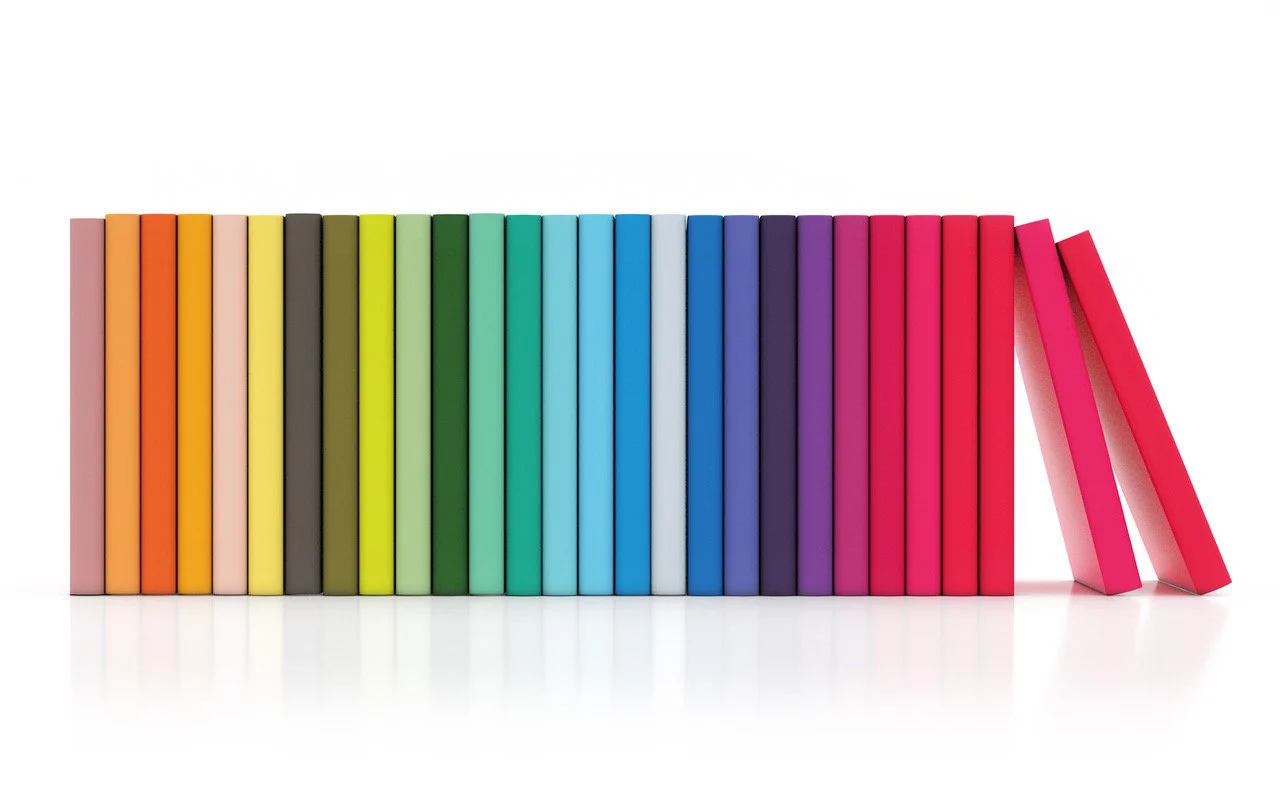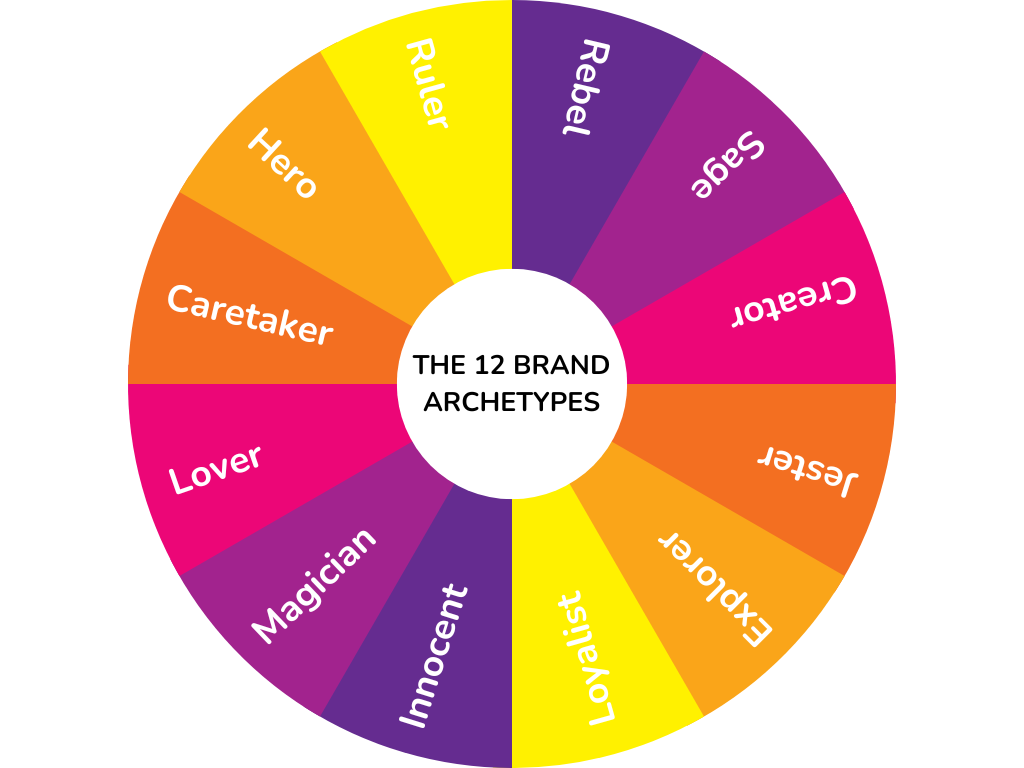Why Brand Archetypes are Bad for Your Brand & What to Use Instead
/Brand Archetypes are used by many brand agencies throughout the world as a way of giving personality to a brand.
But just because something is popular, doesn’t mean it’s good for you and your brand.
In case it wasn’t obvious from the title of this article, I have a real problem with the 12 Brand Archetypes and how they’re used to build brand story.
Let’s take a look at what they are, why they’re problematic when it comes to building a powerful, authentic brand, and what you should be using to build your brand personality instead.
What are the 12 Brand Archetypes?
The 12 Brand Archetypes are based on the work of Carl Jung, who argued that humans have dominant traits that lead to typical behavioural patterns, desires, values and motivations.
Brand marketers have leveraged Jung’s framework to create a simple tool for building the personality of a brand as it relates to one of 12 personality types:
The Innocent
Purity, simplicity, and goodness.
Innocents have a childlike outlook on the world and evoke feelings of trust and optimism.
Brand Examples: Coca-Cola, Dove, McDonald's
The Explorer
Freedom, adventure, and self-discovery.
Explorers encourage customers to step out of their comfort zones and explore new possibilities.
Brand Examples: The North Face, Red Bull, Jeep
The Sage
Intelligence, knowledge, and wisdom.
Sages aim to educate and inspire customers to seek truth and understanding.
Brand Examples: TED, National Geographic, Harvard University
The Hero
Courage, strength, and triumph over adversity.
Heroes inspire customers to overcome obstacles and be their best selves.
Brand Examples: Nike, Apple, BMW
The Rebel
Rebellion, non-conformity, and breaking rules.
Rebels appeal to customers who reject authority and embrace their individuality.
Brand Examples: Harley-Davidson, Diesel, Virgin
The Magician
Transformation, creativity, and mystery.
Magicians’ customers to believe in the impossible and create their own reality.
Brand Examples: Disney, Apple, Tesla
The Loyalist
Humility, authenticity, and relatability.
Loyalist brands connect with customers on a personal level and create a sense of belonging.
Brand Examples: IKEA, Subway, Target
The Lover
Passion, sensuality, and romance.
Lovers evoke strong emotions and appeal to customers who seek pleasure and intimacy.
Brand Examples: Victoria's Secret, Godiva, Chanel
The Jester
Humor, playfulness, and entertainment.
Jesters create a sense of joy and laughter and help customers forget their problems.
Brand Examples: M&M's, Boating Camping Fishing (BCF), Boost Juice
The Caregiver
Compassion, nurturing, and empathy.
They prioritise the well-being of others and create a sense of safety and security.
Brand Examples: Johnson & Johnson, RSPCA, Bupa
The Creator
Innovation, imagination, and self-expression.
Creators inspire customers to be creative and explore their own potential.
Brand Examples: LEGO, Adobe, Atlassian
The Ruler
Power, authority, and control.
Rulers appeal to customers who seek leadership and guidance and create a sense of order and stability.
Brand Examples: Mercedes-Benz, American Express, Rolex
Why relying on a Brand Archetype is Bad for Your Brand.
They seem simple and straightforward enough. And it’s easy to see how each of the examples above fits into the allocated “archetype”.
But the Brand Archetypes are hugely problematic. Here’s why.
The Archetypes are too broad – and this makes them limiting.
Brands are much more complex than 12 simple categories.
I’m sure that if you take a look at the list of examples, you’ll be able to see where one brand could fit more than one archetype based on the assigned traits.
In fact, during my search for examples to share with you, Apple was listed as both the Magician AND Creator archetype. And this serves to prove my point.
If you’re only looking at your brand through the lens of a single archetype, then you’re limiting your capacity for creating real connection with your customer and building a brand that stands out to them.
They keep you thinking way too narrow.
While I’m all for keeping things as simple as possible, the fact is, if you’re using a brand archetype to set the entire personality for your brand, you’re thinking way too narrow.
The Brand Archetypes absolutely help you set a clear path for the type of messaging you might use to communicate your brand value.
The problem though, is that you simply can’t define the nuance of brand personality in three words.
Here’s a little test to prove my point –
Which of the Brand Archetypes does your brand fit into?
Now, what’s the list of things that are missing from the three words of that Archetype that relate to your brand…?
See what I mean?
They don’t make your brand unique
Using the archetype traits alone makes it seem as though there can only be one brand per archetype, per industry. And this simply isn’t the case.
How many other businesses are there in your industry?
I’m going to take a guess and say that there’s hundreds (because there most definitely is).
So, what happens when your brand shares the archetype for another brand delivering the same product or service?
Do you have to shut up shop?
Definitely not.
But if you really want your brand to stand out as different to your competitors, it’s going to take more than just a brand archetype to help you do that.
They put YOU at the centre of your brand instead of the customer
In all my experience of Brand Archetypes, not once have I seen a brand agency back up their assumptions with client conversations.
It seems as though the archetypes are almost designed to remove an important piece of the puzzle when building your brand – and that’s your customer.
Sure, they pay lip service to customers in their archetype descriptions. But when you’re choosing how you want to show up for your customer, you actually need to talk to them about what THEY want and how your why aligns with their why.
You might consider your brand to be a magician – but without the critical element of understanding your tribe, you have no idea if that’s the type of brand your ideal client wants to work with.
It doesn’t take their values or belief system into account at all. And you can’t build a brand personality on something that doesn’t consider your customer.
They’re lazy.
I’m not in the habit of being blunt, but the Brand Archetypes have pushed me to it.
For all the reasons I’ve already outlined, the Brand Archetypes are lazy brand strategy.
They require very little thought and make it feel like the only thing you need to do to build an authentic, memorable brand is choose from one of 12 personality options, then you’ll be good to go.
But building a brand is harder than that. And a framework that makes you think it’s going to be this easy is actually setting you up for failure.
Why you should be using Brand Story Strategy instead.
I know what you’re thinking. Amey – that’s great. We know we shouldn’t use the Brand Archetypes.
But what the heck do we do now?
And the answer to that is Brand Story Strategy.
Building a Brand Story Strategy is the way forward for brands who want to succeed in building brand advocacy with the people that matter.
Having a Brand Story Strategy sets you apart from your competitors because that’s exactly what it’s designed to do.
You’ll be able to deliver succinctly on brand storytelling as a key part of your marketing engine and it will be easier than it’s ever been before to create the right content to engage your audience.
A Brand Story Strategy has six pillars – Vision, Mission, Values, Differentiators, Tribe & Personality. And you can find out more about how to get started with Brand Story Strategy here.
It’s fine to start with brand Archetypes. Just don’t end there.
If you’re new to business and building a brand, then the 12 Brand Archetypes are a great way to start the journey.
They give you a place to begin – just don’t stop there.
Make sure you’re taking the time to understand your tribe and how they might see your brand, create a shared brand vision that’s worth following, align your values with the values of those you serve, and strive every day to create a brand story that will make your brand authentic, unique, powerful and memorable to the people that matter.



